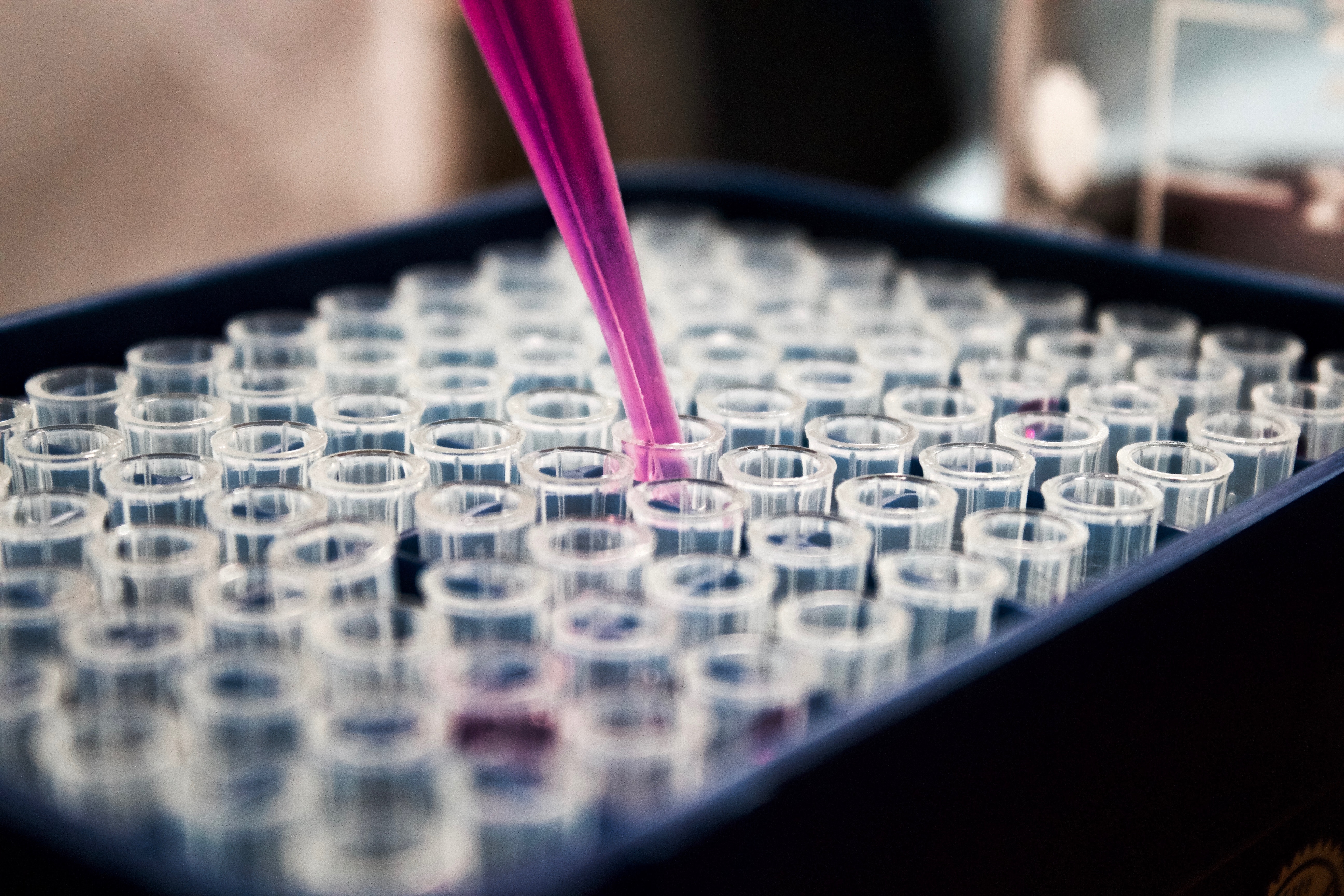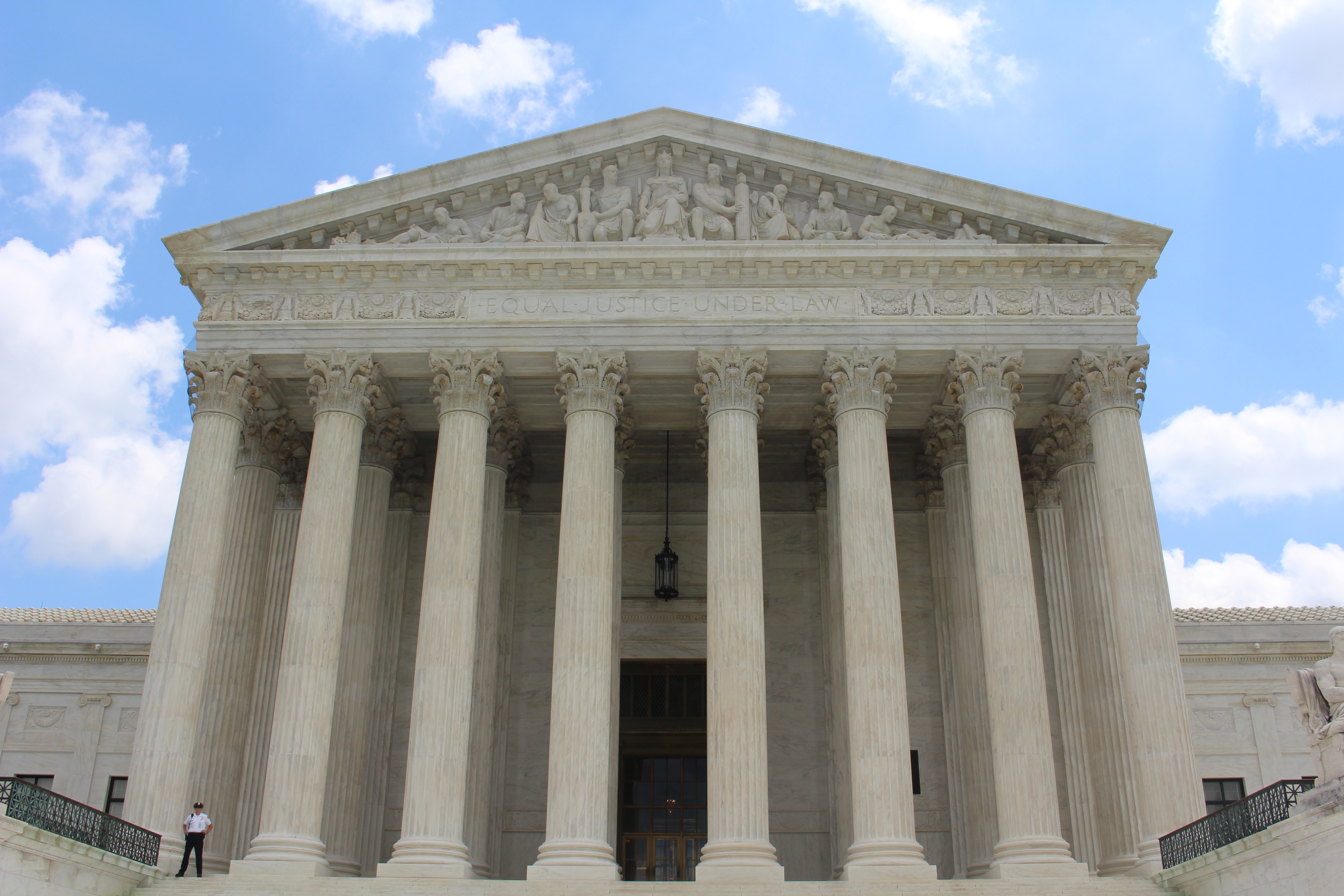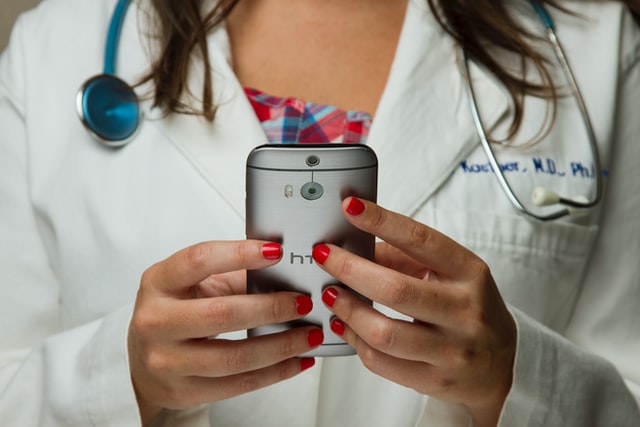If you’re wondering why some drugs are available as generics while others are brand-name only, the answer is pharmaceutical patents. The pharmaceutical patent process helps ensure that the company that discovers a new reference drug gets a return on the investment in the development, testing, and marketing of a new medication. Once a patent has run its course, however, other manufacturers are free to offer a generic equivalent within guidelines. As a regulated pharmacy, this patent system is instrumental in determining the medications we are allowed to offer to our patients.
How Pharmaceutical Patents Work
When a new reference drug (the active compound in a new medication), has been developed, it is put through rigorous laboratory testing. That phase is followed by three stages of clinical trials to ensure its approval by the pharmaceutical regulatory authorities, including the US Food and Drug Administration (FDA) or the European Medicines Agency (EMA or EMEA). The pharmaceutical company that created the drug-often called the innovator or originator company-applies for a patent which is granted according to the World Trade Organization (WTO) Agreement on Trade-Related Aspects of Intellectual Property Rights (TRIPS), which ensures intellectual property rights protection. During the time that new drugs are protected by pharmaceutical patents, usually 12 to 20 years, they can only be manufactured and distributed by the originator.
The cost of developing a new drug and bringing it to market is considerable and includes research, development, marketing, and promotion. Bringing a drug to market can cost tens of millions of dollars over several years or even decades. Pharmaceutical patents protect the investment of the pharmaceutical companies that discover new drugs by giving them exclusive rights to market and sell the drugs while the patent is in effect.

Drug monopoly
In most countries, this pharmaceutical patent process covers only the reference drug. Other manufacturers are prohibited from offering products using this active compound. This creates a temporary monopoly for the originator, allowing them to set their prices and recoup the investment so that money can be reinvested into further research for future medications. While this is good for the originator, unfortunately, these typically higher prices are felt by the patients, insurers, or governments who are forced to rely on a new medication available from only a single source.
In India, however, pharmaceutical patents were originally awarded to protect the process not the product, meaning that the same drug could be legally produced by the India pharmaceutical industry while still under patent, provided the manufacturing process was different. This allowed a generic from India to be produced at the same time as manufacturers in other countries were prohibited from competing with the brand name product. India was thereby able to produce many generic vs brand name medicines at low cost, breaking the drug monopoly. India has since changed its patent laws to conform to the US and European system, also to comply with current intellectual property agreement provided by the World Trade Organization (WTO) Trade-Related Intellectual Property Rights (TRIPS) agreement.
The generics market
As brand name pharmaceutical patents expire, the monopolies for those drugs also expire, which means that generic competitors can legally manufacture products with the same reference drugs. The generic substitute, however, must first be shown to have generic bioequivalence as demonstrated in studies approved by a regulatory pharmaceutical authority. There are now many manufacturers of high-quality generic pharmaceuticals, and this has created a market with plenty of generic competition to lower the price of many widely used, well-established drugs. These generic competitors include:
- Pharmaceutical companies that produced the original drug – Some manufacturers choose to produce generic equivalents as well as continue with the original brand-name drug.
- Generic manufacturers who produce a generic equivalent under license – As pharmaceutical patents expire, generic manufacturers and the originators may agree to a partnership that creates “authorized” generic products.
- Generic manufacturers who produce their own generic equivalents – This can include both generic substitutes and their own brand-name drugs featuring the generic compounds.
The market for pharmaceutical generic products is expected to continue to grow in the US, Europe, and worldwide. As more pharmaceutical patents expire, the opportunities to provide lower-cost medications will only increase. This creates a market where both new companies and respected long-term powers in the industry, such as Indian generic manufacturers, are able to thrive.
Bringing You The Best
By working directly with the brand and generic manufacturers, we can ensure your safety while delivering the right medications at the best possible costs. The pharmaceutical patent process makes finding affordable medication from a trusted, regulated pharmacy harder than ever. We work directly with manufacturers who produce name-brand medications covered by pharmaceutical patents and the highest quality generics to give you the best price for your healthcare dollar. Don’t go without. Order your medication from Inhouse Pharmacy today.





